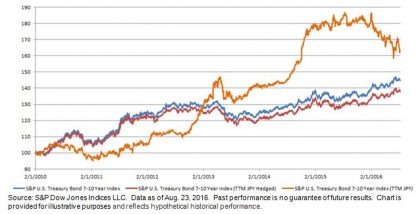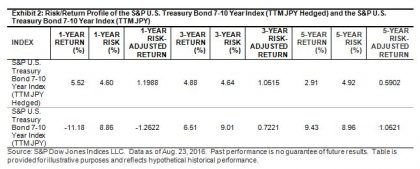The investment community was bombarded last week with a paper arguing that passive investing is “worse than Marxism.” That any putatively-serious observer can compare an investment strategy, even one he doesn’t like, with a political ideology responsible for the deaths of millions boggles the imagination, but maybe I’m just too sensitive. The paper’s argument seems to be that the macroeconomic function of financial markets is to direct capital to its most efficient use, and that only active management contributes to this effort. In reply we offer several observations:
First, we can’t resist observing that not all active trading contributes to efficient capital allocation. We have only to remember names like Pets.com or Drkoop.com to recognize that active managers are fallible human beings; they sometimes get it wrong, and when they do capital can be badly misallocated. One of the ways the economy might adjust to such misallocations is to reduce the assets entrusted to those who made them.
Second, when passive alternatives are offered in a market that was formerly dominated entirely by active managers, where do the passive assets come from? If you believe that some active managers are more skillful than others, and that their skill is manifested in outperformance, then presumably it must be the least skillful active managers who lose the most assets. In that case, the existence of a passive alternative raises the quality of the surviving active managers, and thus contributes to market efficiency. (Note, though, that increasing the ability of the average manager doesn’t translate to outperformance for the average manager’s clients – a conundrum first noticed by Charles Ellis more than 40 years ago.)
Third, active traders trade with other active traders. If an active manager spots what he believes to be an opportunity and wants to allocate capital to a particular stock, he’ll have to buy it from another active manager (or from a dealer who will lay off the position to another active manager). An index fund would have no reason to be the source of liquidity for such an information-driven trade. Whether index funds represent 5% of assets or 50%, all information-driven trades are between two active managers.
Finally, active management’s share of trading is far higher than its share of assets; it is trading that sets prices and drives market efficiency. Under reasonable assumptions, if half of the market’s assets are indexed and half managed actively, the active managers will still do 91% of the trading. Indeed, if three-quarters of assets are managed passively, active managers will do more than three-quarters of all trading.
We don’t need to learn The Internationale just yet.
The posts on this blog are opinions, not advice. Please read our Disclaimers.










